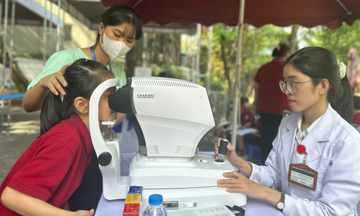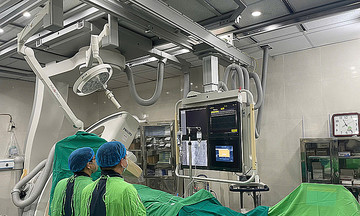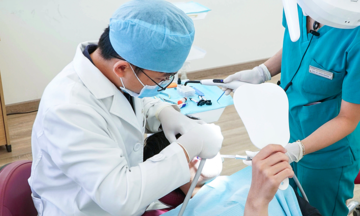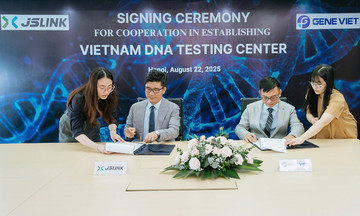Doctor Tra Anh Duy of Men’s Health, says this condition not only affects the quality of sexual life but also poses a risk of disease if not diagnosed and treated promptly. The pain can occur in one or both testicles, ranging from mild to severe, and lasting from a few minutes to several hours, even days, depending on the cause.
Common symptoms include pain after ejaculation or when the penis becomes flaccid, tightness in the scrotum, pain radiating to the groin or lower abdomen, a feeling of heaviness in the testicles, increased pain with movement, and sometimes accompanied by painful or difficult urination or discolored semen. However, it is important to distinguish this from causes of testicular pain unrelated to intercourse, such as injury, testicular torsion, inguinal hernia, or testicular cancer.
Common causes of testicular pain:
Blue balls: This occurs when sexual arousal is prolonged but does not result in orgasm, leading to blood congestion in the testicles and epididymis. Prolonged dilation of blood vessels causes a feeling of tightness and discomfort. This condition is not dangerous and usually resolves on its own after a few hours. However, if it recurs frequently, causes discomfort, or affects mental well-being, it's important to consult a doctor about healthy sexual practices.
Epididymitis: This is a common cause of testicular pain after intercourse, especially in men who engage in unsafe sex. The cause is often a sexually transmitted infection such as Chlamydia trachomatis or Neisseria gonorrhoeae. The inflammation causes painful swelling on one side of the scrotum, accompanied by redness, fever, and a burning sensation during urination. According to a study by Trojian published in American Family Physician, epididymitis accounts for up to 70% of cases of testicular pain in men aged 18-35.
Retrograde ejaculation: This is a condition in which semen does not flow out of the body but flows back into the bladder during ejaculation. Patients often do not see semen after orgasm and sometimes notice cloudy urine. Retrograde ejaculation can cause testicular pain if the semen is retained and cannot be completely expelled. Bladder neck dysfunction due to medication or urethral surgery is a common cause of this phenomenon.
Prostatitis: Both acute and chronic prostatitis can cause pain that radiates to the testicles after intercourse. It is characterized by deep pain in the perineum, increased pain during ejaculation, and may be accompanied by urinary disorders. A study in The Journal of Urology noted that 62% of patients with chronic prostatitis experience scrotal and testicular pain after sexual intercourse.
Varicocele: This condition involves abnormal dilation of the veins around the testicle, increasing pressure and blood congestion in the scrotum. After intercourse, blood rushes to the testicles, making the pain and discomfort more pronounced. It usually occurs on the left side and is accompanied by a feeling of heaviness in the scrotum. According to a study, 47% of varicocele patients experience testicular pain, with some describing the pain as more pronounced after intercourse or physical activity.
When to see a doctor: Men should be proactive if testicular pain lasts for more than a day after intercourse, accompanied by swelling, redness, fever, or severe pain. Also, be aware of recurring pain after intercourse, painful urination, abnormal semen (blood, discoloration), pain accompanied by nausea, vomiting, or lower abdominal pain (suspected testicular torsion).
Doctor Duy advises that testicular pain after intercourse can be a temporary physiological phenomenon or a sign of an underlying medical condition that needs treatment. Understanding the cause, monitoring symptoms, and not hesitating to see a doctor is the best way to protect men's reproductive health and sexual well-being. Cases related to infections, accessory gland inflammation, or varicocele have effective treatments if diagnosed early.
Le Phuong












